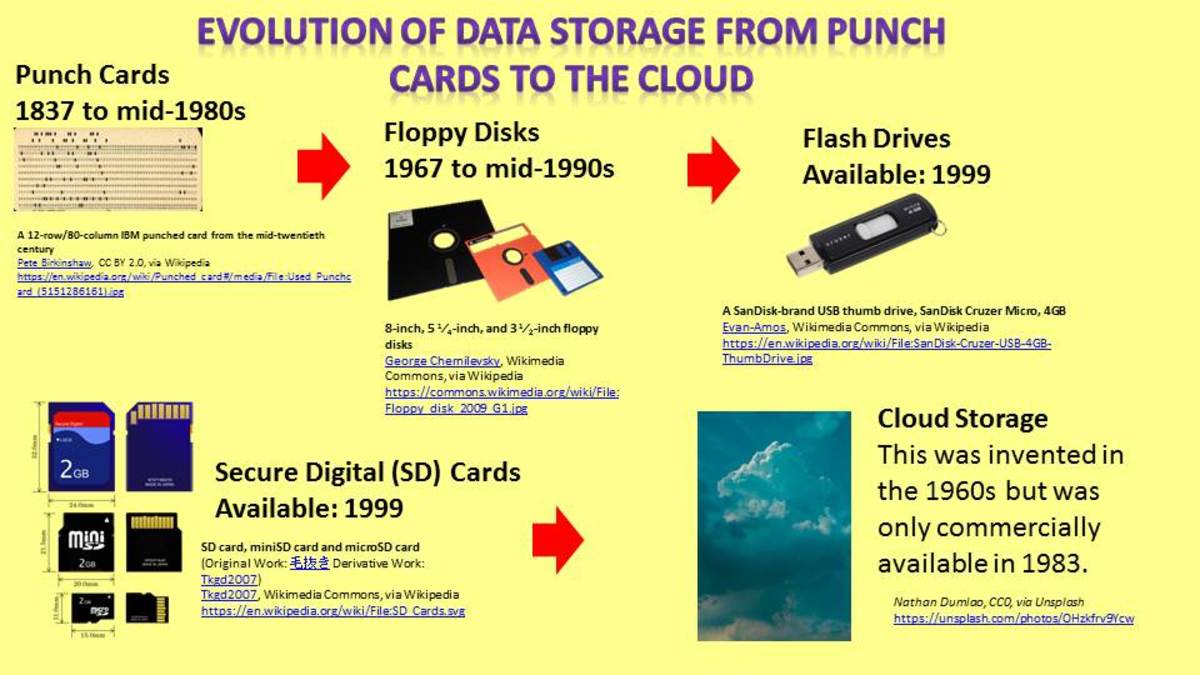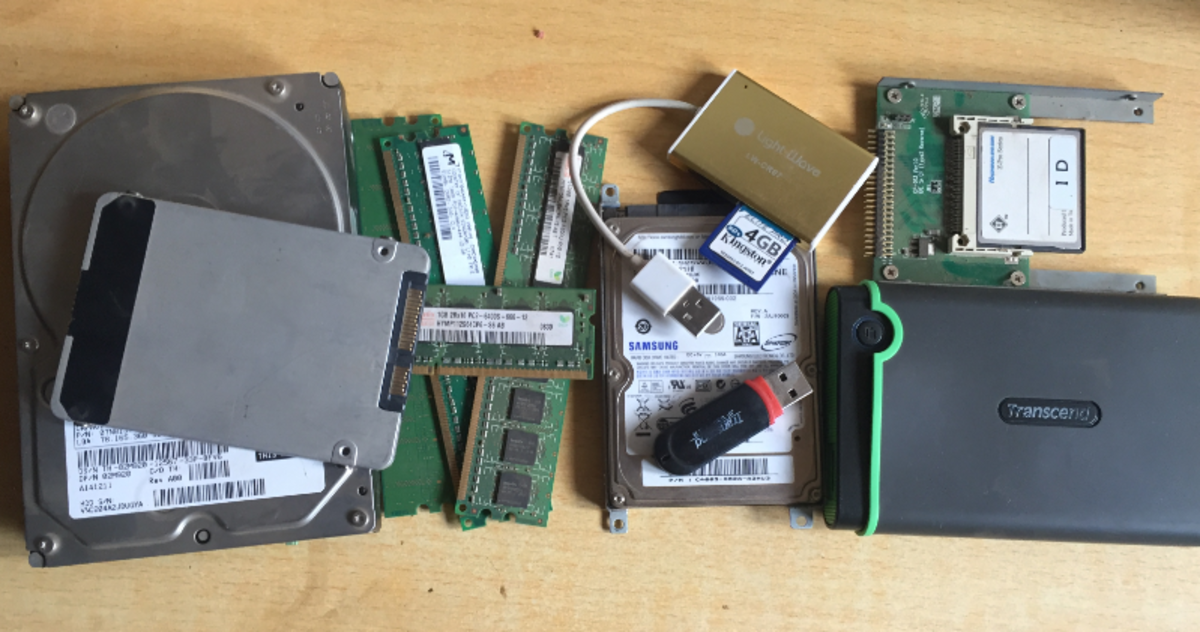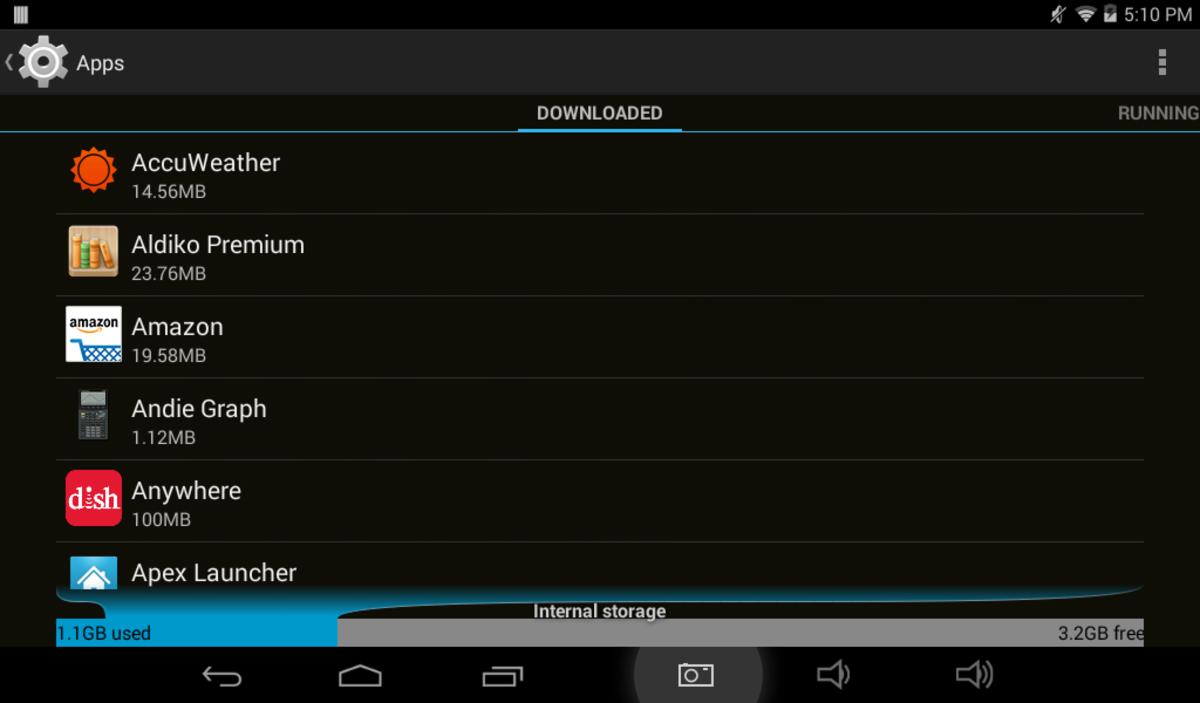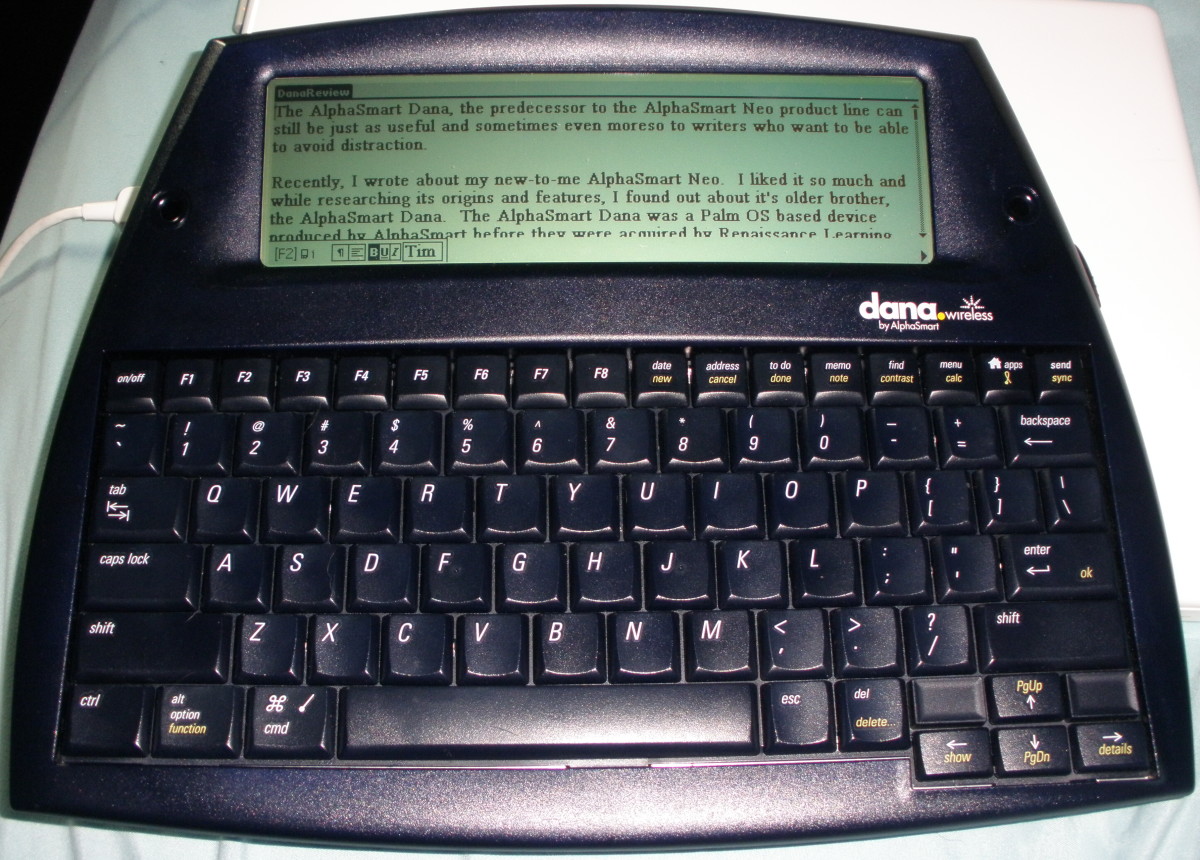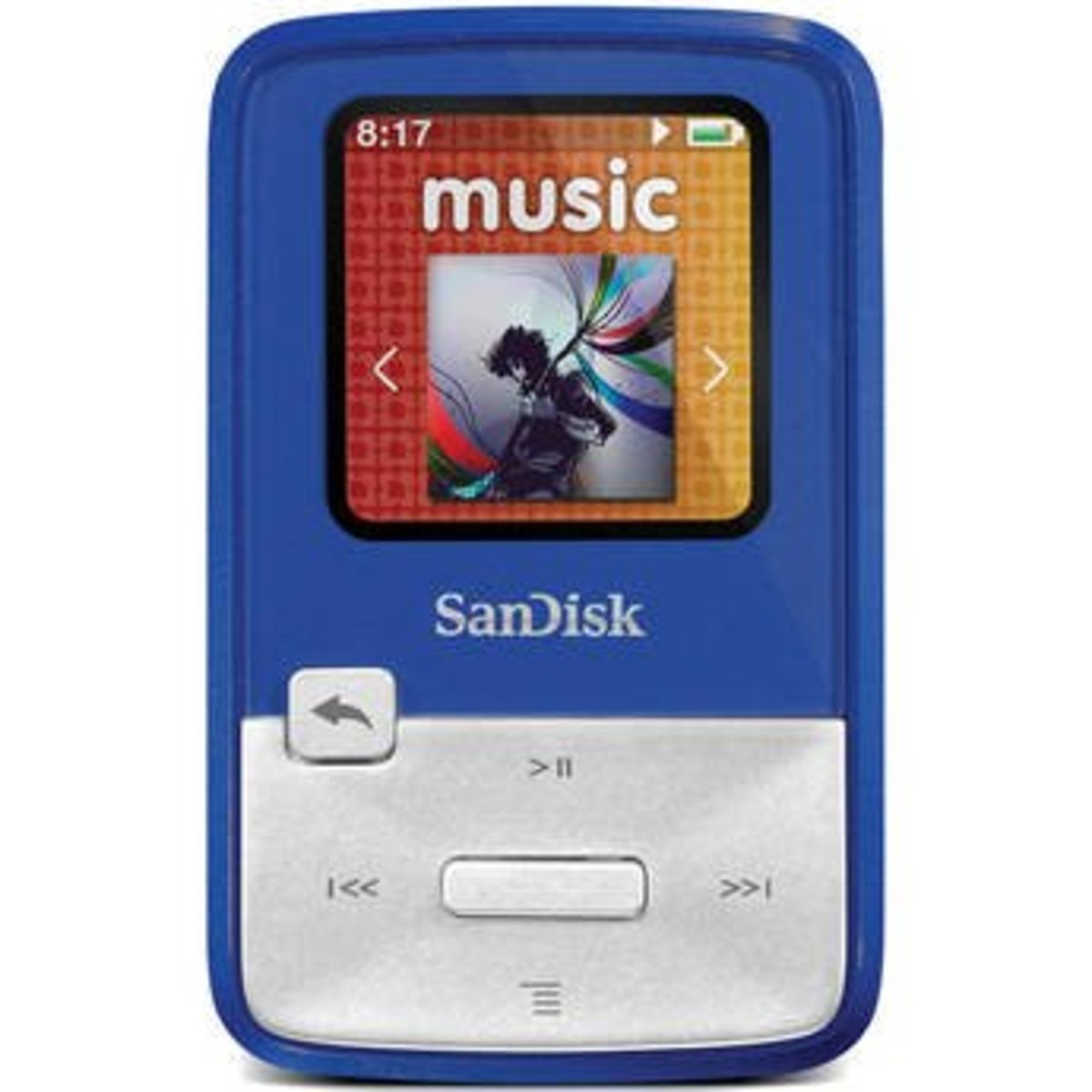History of storage devices


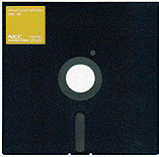
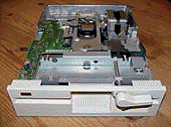
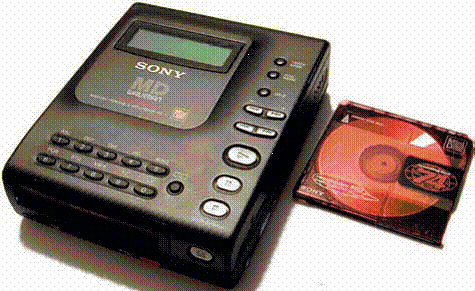
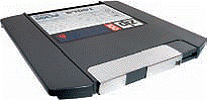
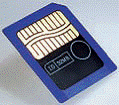

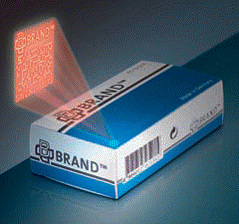
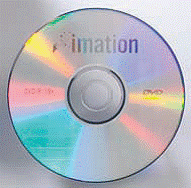
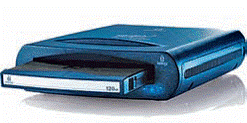
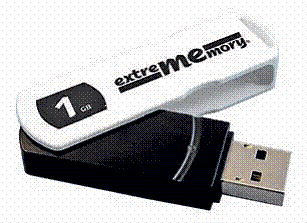

Today, people can carry several gigabytes of data in their pockets. However, pen drives are still a relatively new medium, and their forefathers have been around for a while. I describe in short the history of storage devices in respect to the year they were first used.
1890: Hollerith punch card
The punch card is used as a
digital data storage device for
the first time, during the US
population census in 1890–91.
1937: Punch tape
Computer pioneer
Konrad Zuse uses punch
tape to feed his Z1 with
data. Punch tape is used
for data storage as late
as the 80s, mainly in
administrative agencies.
1969: 8-inch floppy
The invention of floppy disks is
a milestone in the development
of storage media. In 1969, an
IBM research group lead by
Alan Shugart introduces the
first 8-inch floppy disk with 80
KB of storage space.
1976: 5.25-inch floppy
The 5.25-inch floppy has a capacity of
720 KB and is the only mobile storage
Option for private users, till it is replaced
by the 3.5-inch standard.
1983: SyQuest Drive
Removable hard disks are expensive, but
offer quicker data transfer and relatively
larger capacities. SyQuest succeeds in
designing a 100 mm disk with 5 MB of
storage space.
1989: Compact Disk
Finally, everyone can burn CDs. Blanks
are initially very expensive, but
eventually the price of the media will fall to
very affordable.
1991: MO Disk
Magneto-optical media is considerably more secure
than CDs or floppy disks. However, these drives
and blanks are expensive, and there is no mass
market for them. Sony tries to establish the Minidisk
as a medium, but fails
1994: Iomega Zip
With Zip, Iomega brings a 100 MB medium
to the market—real competition for the
3.5-inch floppy disk. Poor marketing and
other failures prevent its breakthrough.
1995: Smart Media
Toshiba presents the Smart Media
Card as a rival to the recently
Introduced Compact Flash
memory card standard by
SanDisk. By 1999, the standard for
the coming years is more or less
settled to be the SD card.
1996: Dov Moran
The inventor of the USB pen
drive is first scoffed at. But
his new NAND Flash storage
device soon proves to be
ideal and finally replaces the
3.5-inch floppy after 15 years.
1998: Adhesive Tape
While preparing for their CeBIT
visit in 1998, physicians Steffen
Noethe and Matthias Gerspach
discover that adhesive tape can be
coded with data using lasers. Today
there is a whole line of storage devices
based on these clever adhesive strips.
2001: DVD-R
Recordable discs with more than 4 GB of data
capacity are introduced and are soon affordable
for every computer user.
2002: Blu-ray
A blue laser allows considerably finer data
structures on optical media. After an intense
war of formats years later, Blu-ray comes out
on top against the HD-DVD and becomes the HD
video medium.
2003: Iomega
The Rev is a 2.5-inch removable hard disk system with
a capacity of 35 GB, in which the motor and disk are
part of each unit. Only the electronics and reading
heads are found in the drive.
2005: U3
Applications directly run from a USB stick without
being installed on the host system.
2008: HAMR
A combination of laser and magnet heads
allows considerably higher data densities on
hard disks and is on the brink of going from the
lab into production.
2009: Bacteria as biostorage (future)
The bacterium Deinococcus radiodurans is one possible
Future storage medium: data sequences can be coded
and implanted into the bacterium. The data will be safe
even after hundreds of generations—and will have been
duplicated billions of times

